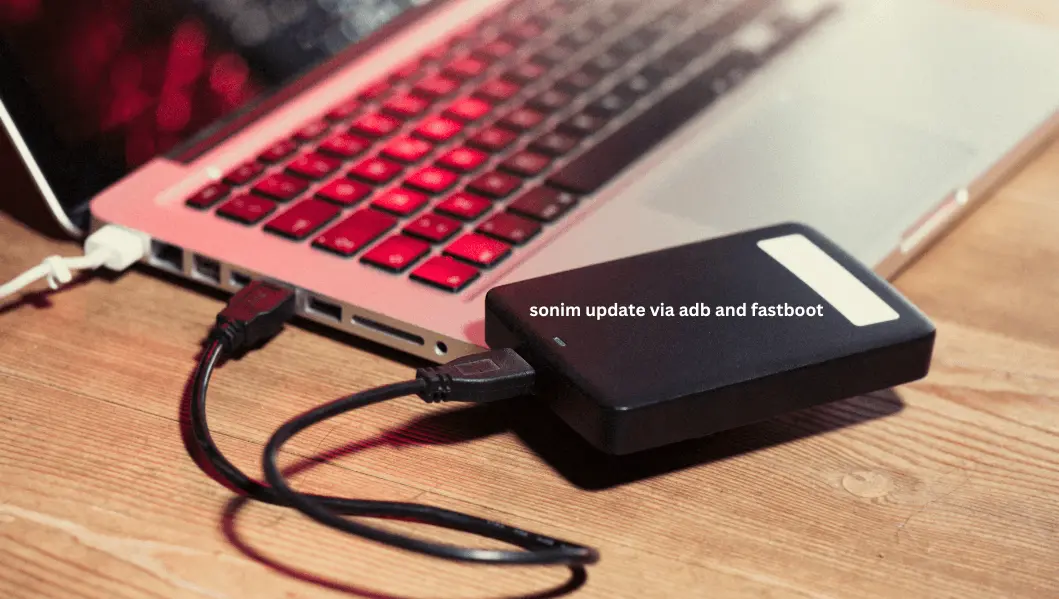Introduction
Updating your sonim update via adb and fastboot (Android Debug Bridge) allows you to control firmware upgrades, troubleshoot issues, and install new software more effectively. This guide covers everything you need to know about using ADB and Fastboot for your Sonim device. whether you’re new to it or an advanced user. By the end, you’ll have a full understanding of the process, potential pitfalls, and backup techniques to keep your data safe.
What Are ADB and Fastboot, and Why Use Them for Sonim Updates?
ADB and Fastboot are essential tools for any Android user who wants more control over their device. Here’s a breakdown:
- ADB (Android Debug Bridge): A tool that allows communication between your computer and Android device to send commands, transfer files, and access hidden system components.
- Fastboot: A bootloader mode that enables you to update or modify firmware files directly from your computer.
Using ADB and Fastboot to update your Sonim device can help if you’re facing software issues, experimenting with custom firmware, or simply want to take control of updates before they’re released over-the-air.
Preparation: What You’ll Need Before You Begin
To ensure a smooth update process, gather the following items:
- A Computer (Windows, Mac, or Linux): Internet access is recommended to download required tools.
- USB Cable: Ideally, use the Sonim-branded USB cable for stable data transfer.
- ADB and Fastboot Tools: Download the latest ADB and Fastboot platform tools from the Android developer site.
- Sonim Device Drivers: Download and install the latest drivers specific to Sonim devices to ensure connectivity.
- Firmware File for Your Sonim Model: Download the correct firmware from an official source to avoid compatibility issues.
Tip: Always backup your data before beginning, as this process may erase everything on your device. Below are some quick backup tips.
Quick Backup Tips
- Use Google Drive: Go to Settings > Google > Backup to back up essential data.
- ADB Backup (Advanced Users): If you’re familiar with ADB, use
adb backup -allto create a full backup. - Third-Party Backup Apps: Consider apps like Helium or Titanium Backup (for rooted devices).
Step-by-Step Guide to Updating Sonim via ADB and Fastboot
Install ADB and Fastboot
- Download ADB and Fastboot Tools: Download the tools based on your operating system.
- Extract Files: Unzip the downloaded file to an accessible folder (e.g., Desktop).
- Install Sonim Device Drivers: For Windows, download Sonim drivers for reliable connectivity.
Enable Developer Options and USB Debugging
- Enable Developer Mode: Go to Settings > About Phone, and tap “Build Number” seven times until it says, “You are now a developer.”
- Turn on USB Debugging: In Settings > Developer Options, enable USB Debugging to allow ADB access.
Connect Your Sonim Device to Your Computer
- Connect your Sonim device using a USB cable.
- Verify ADB Connection: Open the Command Prompt (Windows) or Terminal (Mac/Linux) on your computer and navigate to your ADB folder.
- Type
adb devicesand press Enter. Confirm your device is listed. If prompted on the device, select “Allow” for USB Debugging.
Boot into Fastboot Mode
- On your Sonim device, press and hold the Power and Volume Down buttons together until the Fastboot screen appears.
- Confirm Fastboot Connection: In Command Prompt or Terminal, type
fastboot devices. Ensure your device is listed.
Flash the Firmware
- Place Firmware in the ADB Folder: Move the downloaded firmware file (e.g.,
update.zip) into the same folder as ADB. - Execute Flash Command:bashCopy code
fastboot flash system update.zipReplaceupdate.zipwith your firmware file’s name. This may take a few minutes to complete. - Wait for Success Message: Once finished, the Command Prompt will display a success message.
Reboot Your Device
After the update completes, type the following command to reboot your device:
bashCopy codefastboot reboot
Your Sonim device should restart with the new firmware installed.
Advanced Tips for Experienced Users
- Custom Firmware Options: If you’re installing a custom ROM, ensure compatibility with your Sonim model. Custom ROMs often improve functionality but may void warranties.
- Unlocking the Bootloader: Some updates require an unlocked bootloader. Use
fastboot oem unlockto unlock it but be aware this can wipe your data. - Full Wipe Option: For a fresh install, you can run
fastboot -wto perform a full data wipe before updating.
Troubleshooting Common Issues
1. Device Not Recognized by ADB
- Reinstall the device drivers and ensure USB Debugging is enabled.
- Try a different USB port or cable.
2. Fastboot Mode Won’t Start
- Power off your device completely and try holding Power + Volume Down again.
- Ensure the device is fully charged.
3. “Failed to Flash” Error
- Check that the firmware file is not corrupted. Download it again if needed.
- Ensure you’re using the correct firmware version for your device.
4. Stuck in Fastboot Mode
- Type
fastboot rebootto restart the device. - If it’s still stuck, try a hard reset by holding the Power button for 10+ seconds.
Additional Resources
For further guidance or official support, refer to these resources:
- Sonim Support Page
- Official Android Developer ADB and Fastboot Guide
These links offer additional tools and advice if you run into complex issues.
Conclusion: The Benefits of Mastering ADB and Fastboot for Your Sonim Device
Updating your sonim update via adb and fastboot puts you in control of its performance and troubleshooting. Following the steps outlined here gives you the power to enhance functionality, fix bugs, and potentially access custom features on your device. Remember to always back up your data, proceed carefully, and consult official resources if needed. With this guide, you now have everything you need to update your Sonim device confidently and effectively.

